Brilliant Macaws: 15 Fascinating Facts About Nature’s Colorful Geniuses
Introduction
Brightly colored and brilliant Macaws are the dazzling gems of the parrot world—brightly colored, incredibly intelligent, and full of personality. Native to Central and South America, these birds are not just pretty faces; they play important ecological roles and demonstrate behaviors that rival the cleverest of animals. Whether soaring through the rainforest canopy or bonding with their lifelong mate, macaws captivate anyone lucky enough to observe them.
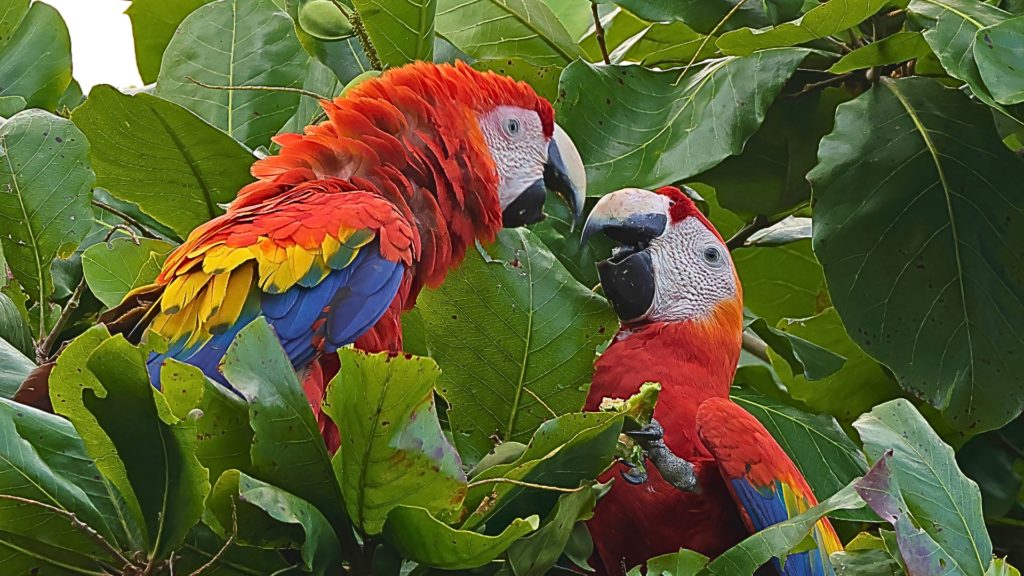


Macaw Intelligence
Brilliant Macaws are among the most intelligent birds on the planet. They can solve puzzles, mimic speech, recognize patterns, and even use tools in some environments. Their cognitive abilities have been compared to those of a 3–5-year-old child. In captivity, macaws have been observed using objects to retrieve food, learning complex vocalizations, and bonding deeply with their caretakers.
Macaws have excellent memory and are capable of learning routines and names. In the wild, their intelligence helps them navigate large territories, avoid predators, and communicate effectively with their flock using a range of squawks, screams, and body language.
Dazzling Colors and Unique Pigments
The vibrant reds, greens, blues, and yellows of macaws come from a pigment called psittacofulvin, found only in parrots. These colors aren’t just for show—scientists believe they help with species identification, camouflage in sun-dappled forests, and even mate selection. Different species display unique color patterns, with some like the Scarlet Macaw showcasing brilliant red bodies and others like the Hyacinth Macaw gleaming in deep blue.
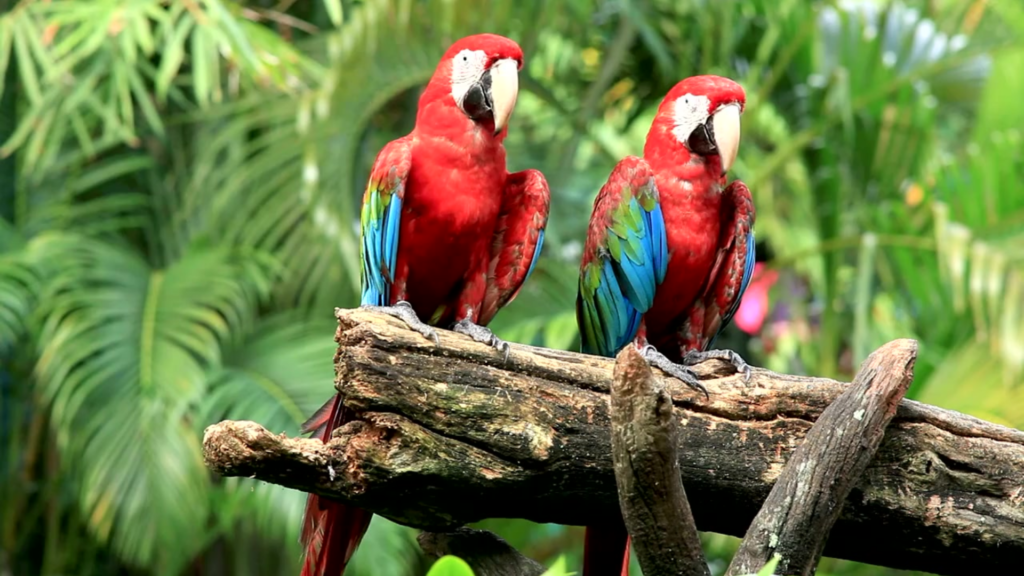
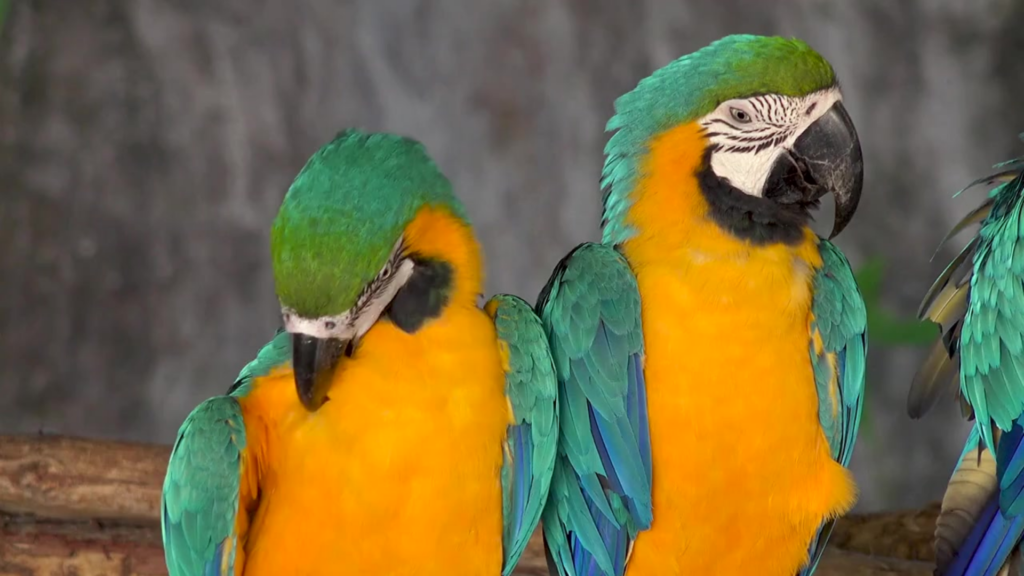
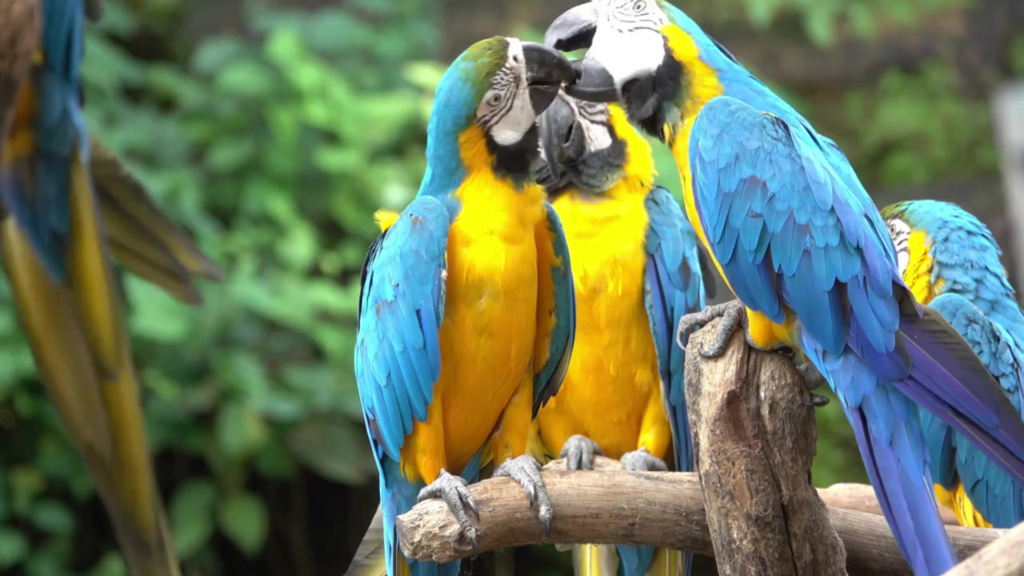
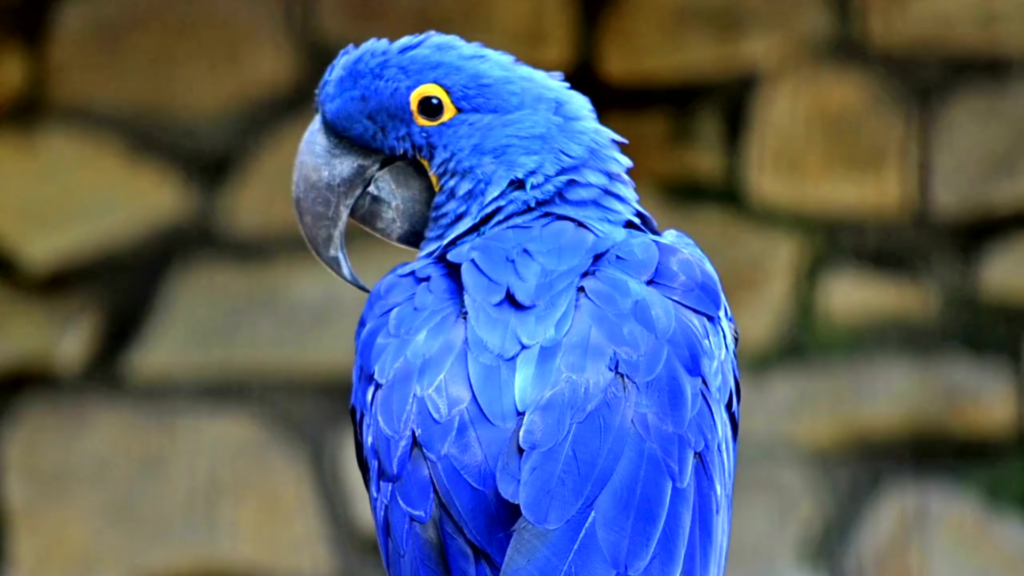
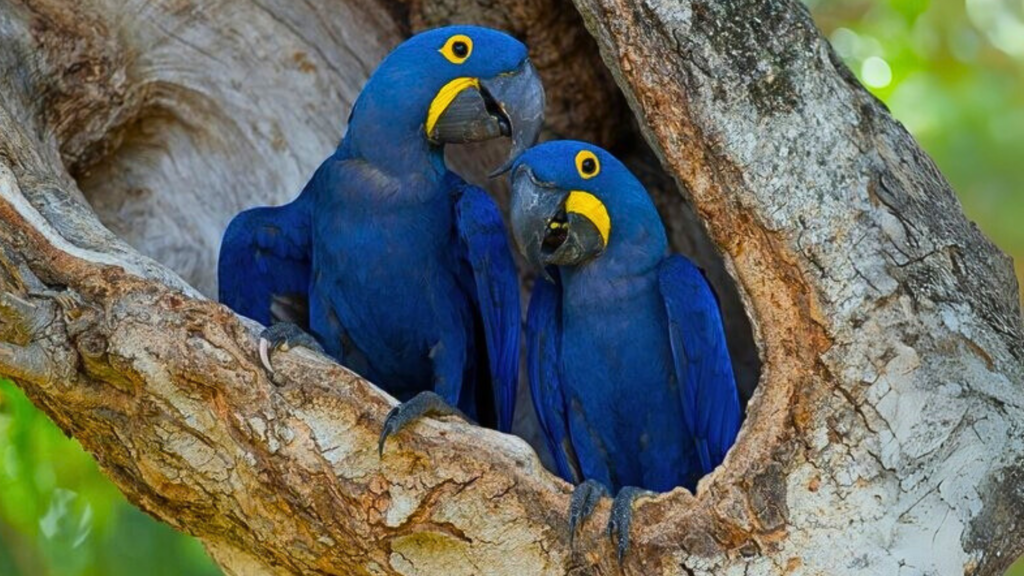
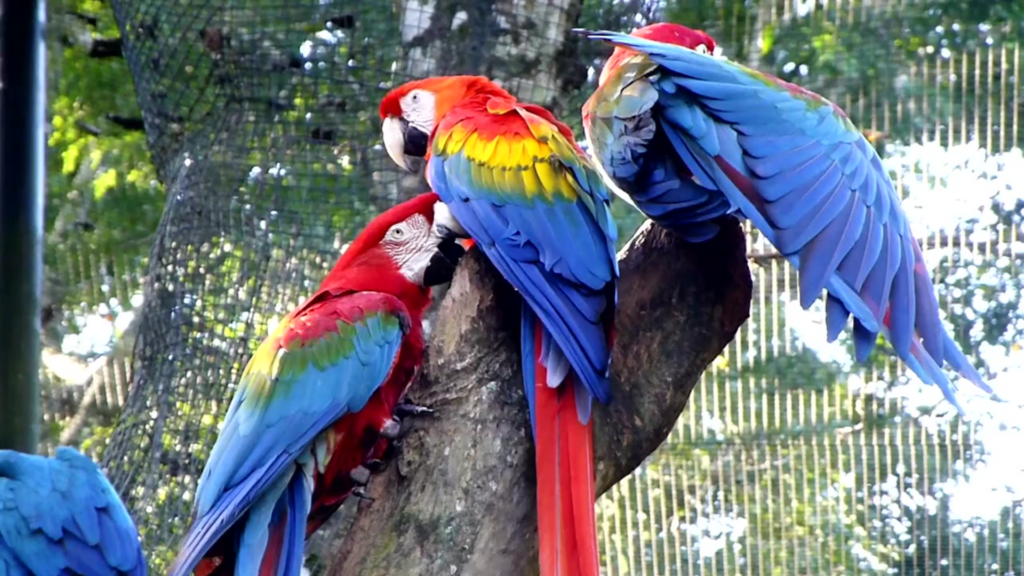
Species and Habitat
There are 17 known species of macaws, including the Blue-and-Yellow Macaw, Green-winged Macaw, Scarlet Macaw, and the Hyacinth Macaw—the largest flying parrot in the world. Most macaws live in tropical rainforests, though some inhabit savannas or woodlands. They build nests in tree hollows and rely heavily on old-growth trees for breeding and shelter.
Sadly, several macaw species are endangered due to deforestation and illegal pet trade. Conservation efforts are underway to protect their habitats and reintroduce captive-bred macaws into the wild.
Powerful Beaks and Unique Diet
Macaws have exceptionally strong beaks capable of cracking open tough nuts, like Brazil nuts, that few other animals can access. Their diet includes a variety of fruits, seeds, nuts, and flowers. They’re also known for a curious habit—eating clay from riverbanks. This behavior, called geophagy, helps neutralize toxins found in some of the unripe fruits they consume.
Their zygodactyl feet—two toes forward and two back—allow them to climb, grasp, and even hold food like hands. These adaptations make macaws agile and efficient foragers in the treetops.
Mating, Parenting, and Communication
Macaws are monogamous and often mate for life. Pairs stay close throughout the year, grooming each other, feeding one another, and raising chicks together. A typical clutch consists of 2–4 eggs. Both parents participate in incubating the eggs and caring for the hatchlings, who remain in the nest for up to three months.
Communication is critical to macaw life. Their loud vocalizations help maintain contact in dense forests, warn others of danger, and strengthen social bonds. They also use body language—fluffing feathers, bobbing heads, and wing gestures—to express emotions.
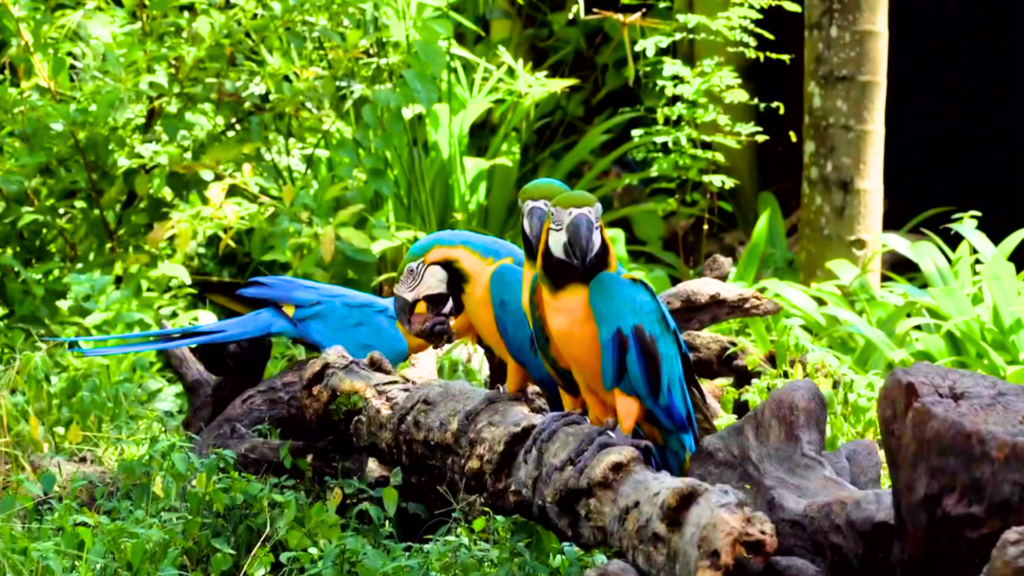
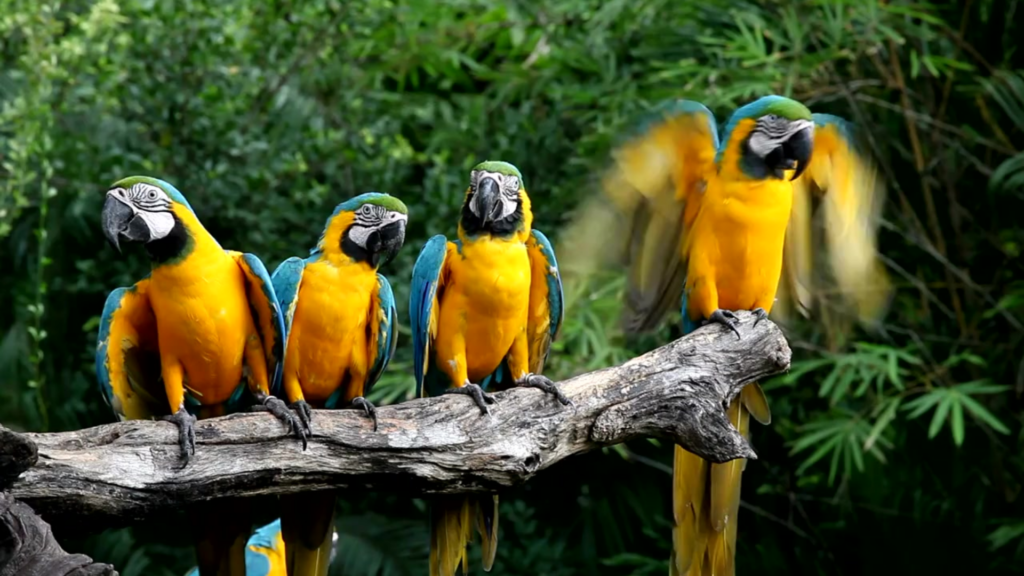
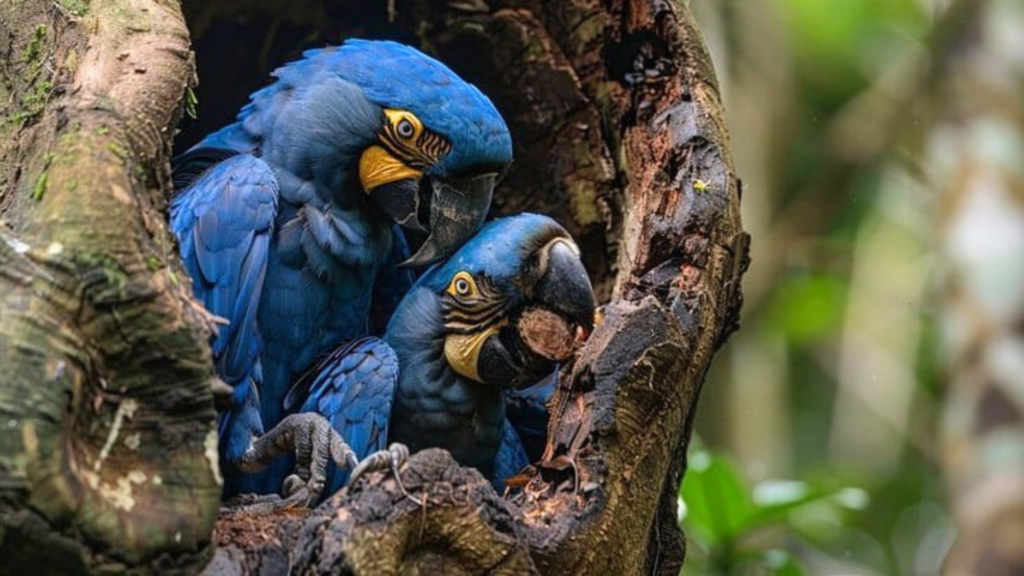
Role in the Ecosystem
Macaws play a vital role in their environment by dispersing seeds across large areas. After feeding on fruits and nuts, they excrete the seeds, which helps regenerate the forest and maintain plant diversity. In this way, macaws contribute to the health and resilience of tropical ecosystems.
Macaws also serve as indicator species—meaning their presence reflects the overall health of their habitat. Protecting macaws helps preserve countless other species that share their rainforest home.
Fun Facts
- Macaws can live up to 50 years in the wild and even longer in captivity
- Their beaks exert more than 300 psi of pressure—enough to crack a coconut
- Some species, like the Lear’s Macaw, are found only in small regions of Brazil
- Macaws engage in mutual grooming to strengthen social bonds
- They can fly up to 35 miles per hour
About Macaws
Habitat: Rainforests, woodlands, and savannas of Central and South America
Animal Classification: Bird
Species Family: Psittacidae (true parrots)
Region: Primarily Amazon Basin and other tropical regions of Latin America
Conservation Status: Varies by species; some are Least Concern, while others like the Spix’s Macaw are Critically Endangered
Characteristics and Behaviors: Large, long-tailed parrots with curved beaks, strong feet, vivid plumage, and high intelligence. Known for monogamous pairings, loud calls, and social behavior.
Conclusion
Macaws are more than just beautiful birds—they are intelligent, loyal, and ecologically important. Their presence enriches tropical forests, their behavior fascinates scientists and animal lovers alike, and their beauty continues to inspire art, culture, and conservation efforts around the world.

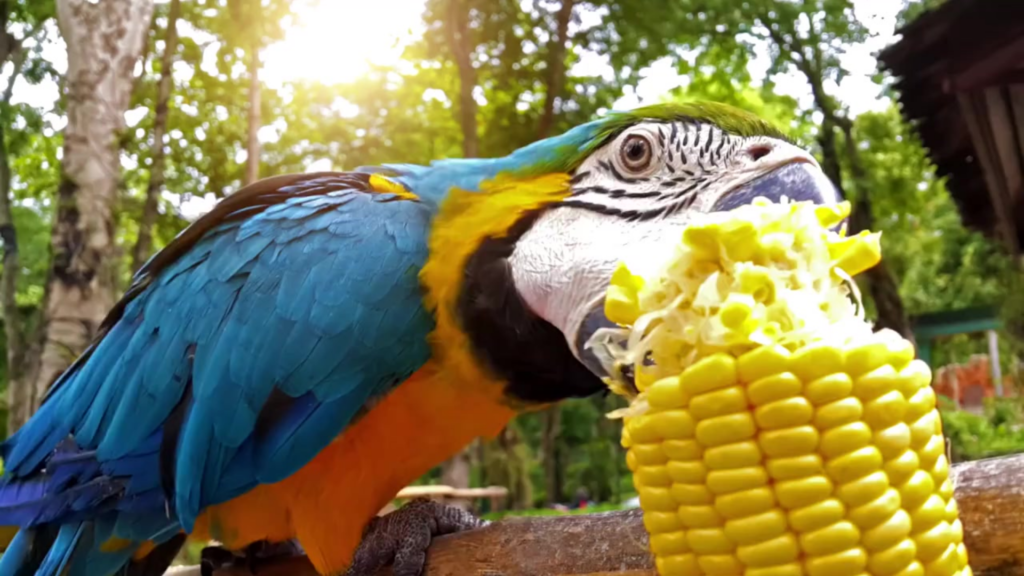
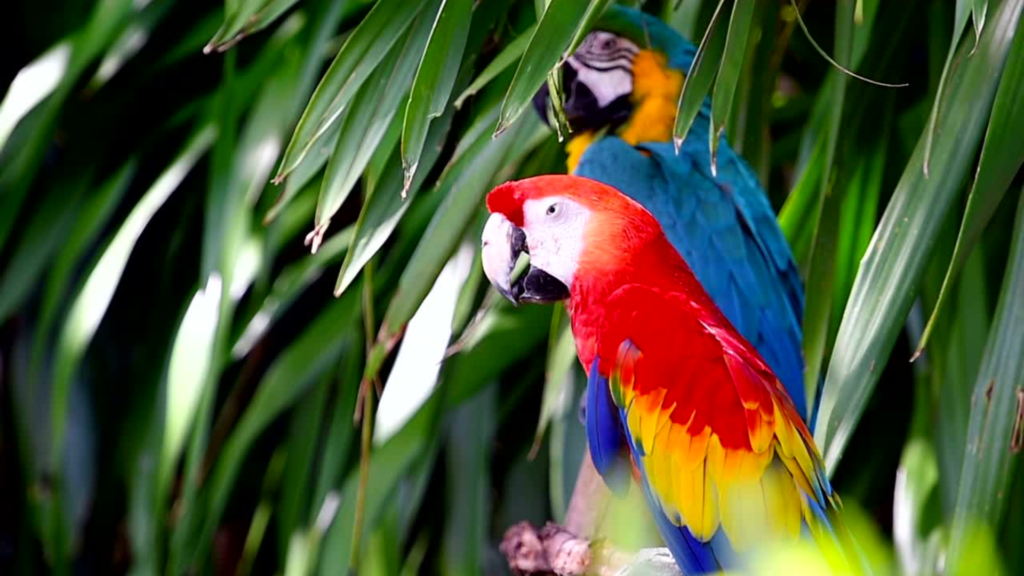
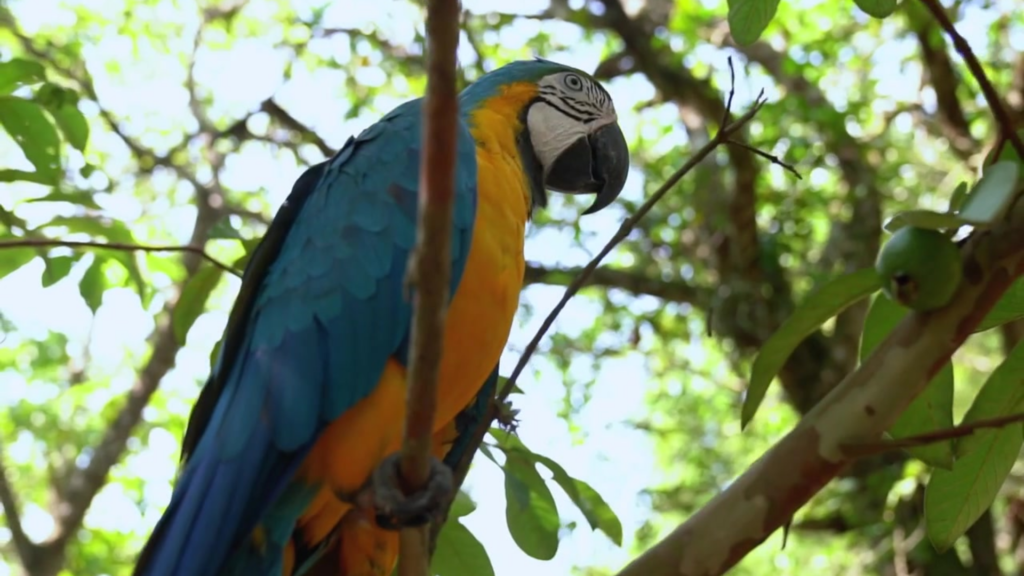
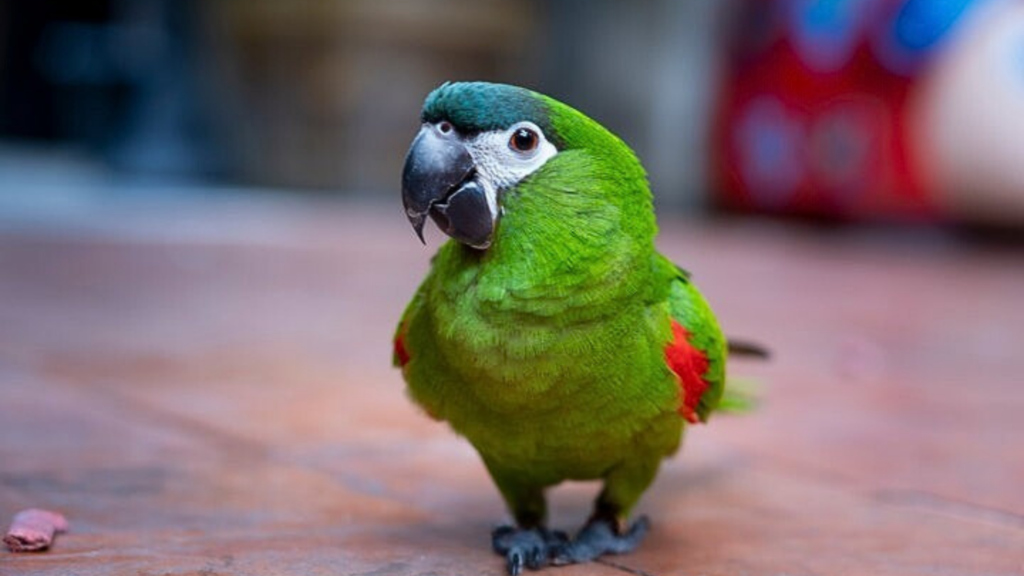
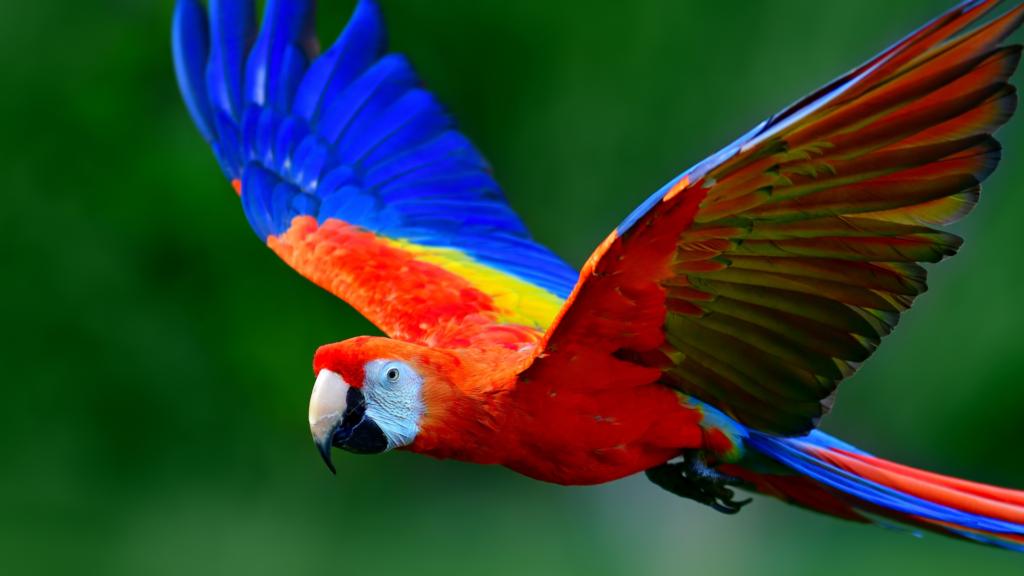
Let’s celebrate and protect these extraordinary parrots for generations to come.
Want to see them in action? 🎥 Check out the full video here: Brilliant Macaws: Colorful, Clever, and Full of Personality! – YouTube
📓 And explore more amazing animals at BearBunk.live!
What fascinates you most about macaws? Tell us in the comments below! 🦜🌺
#macaws #parrots #wildlife #animalfacts #bearbunk #rainforestanimals #naturelovers #tropicalbirds #smartanimals #birdwatching #macawlove #animalvideos
More on Birds

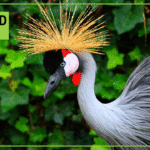




Leave a Reply